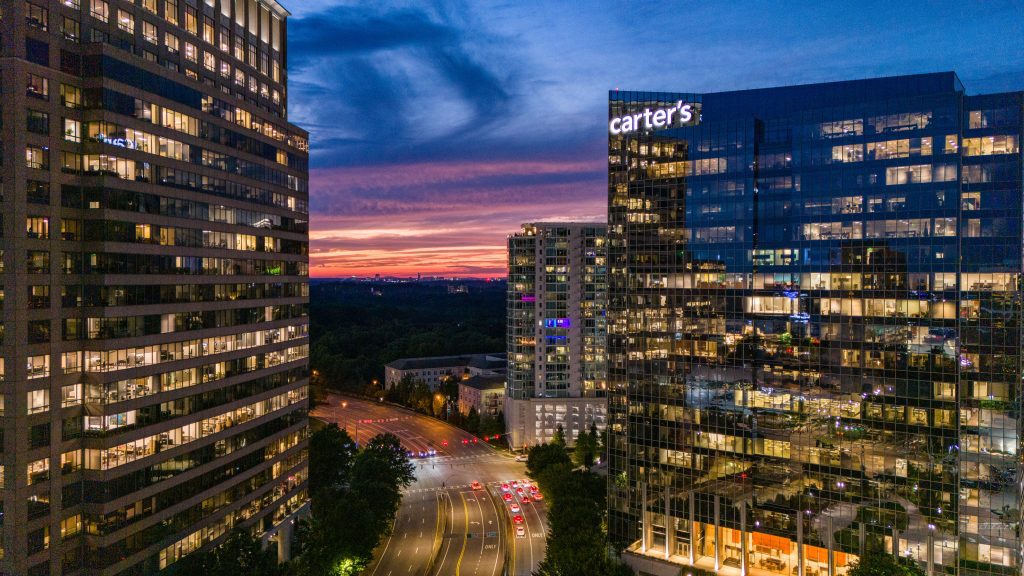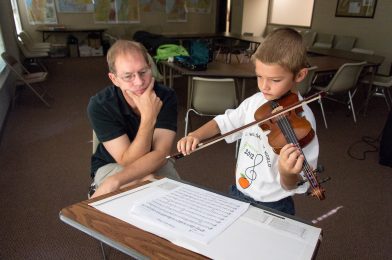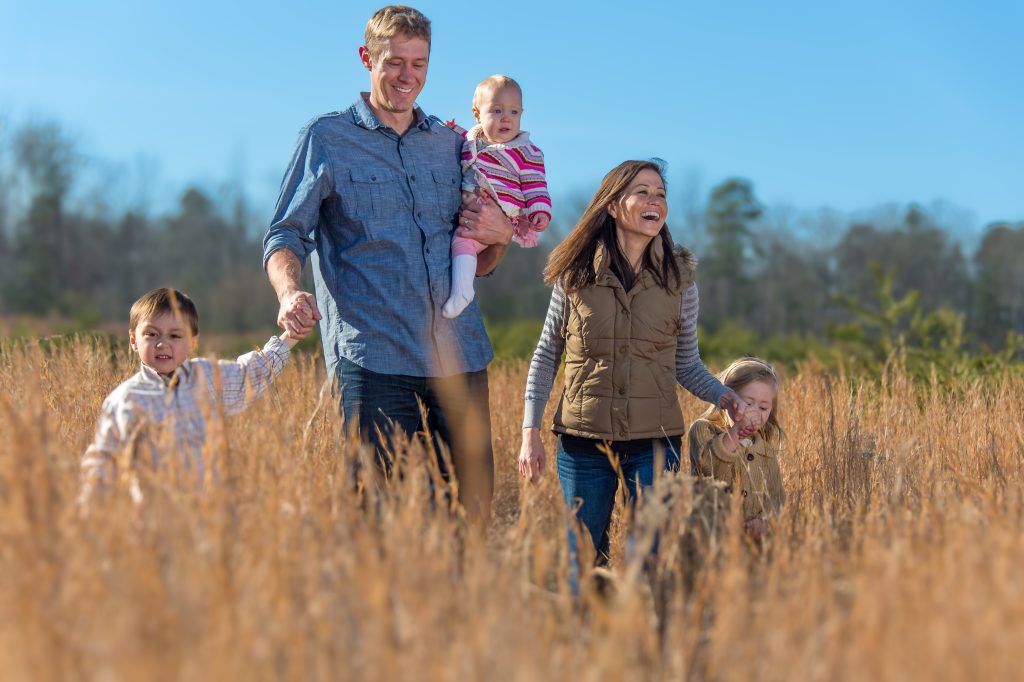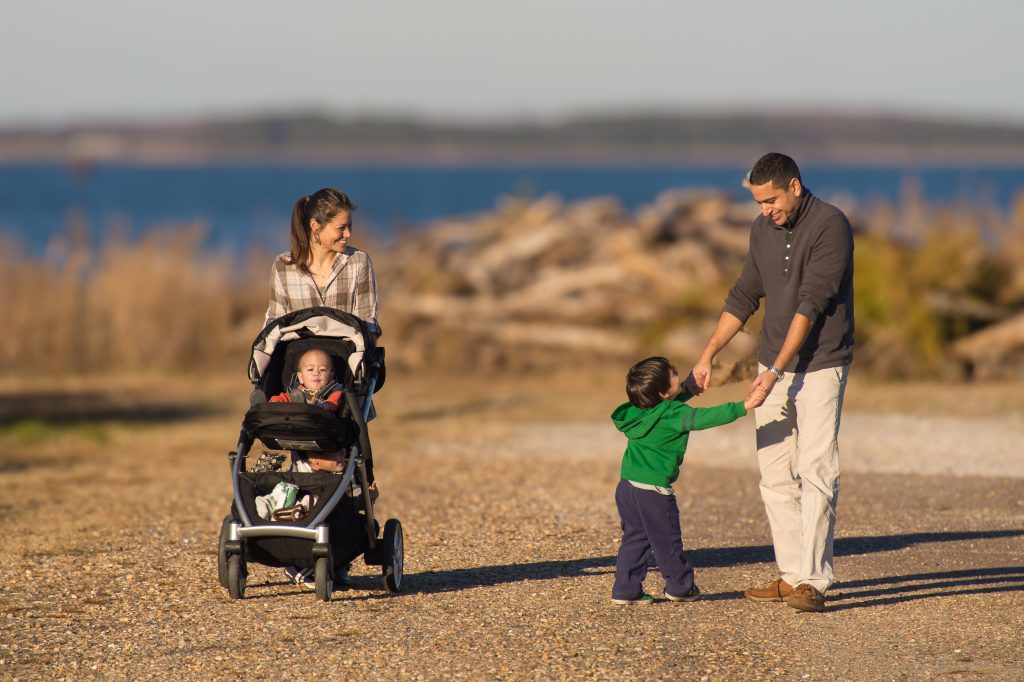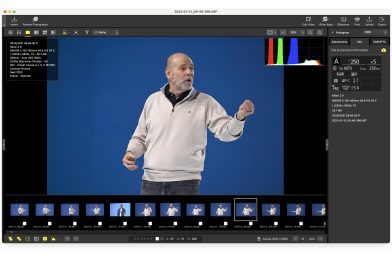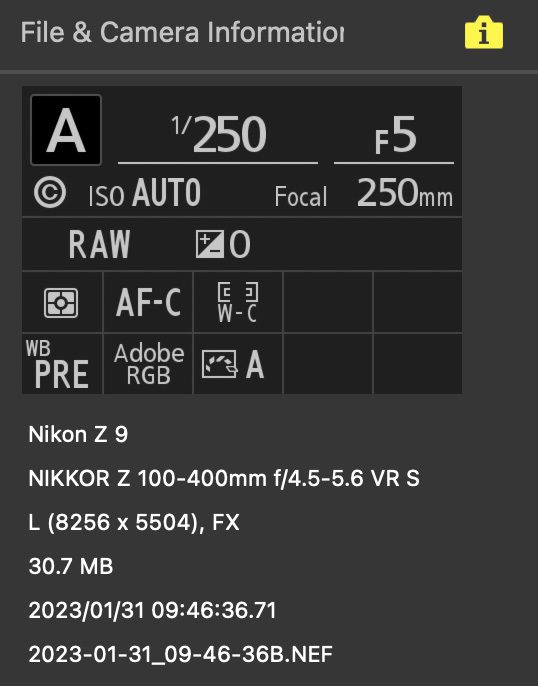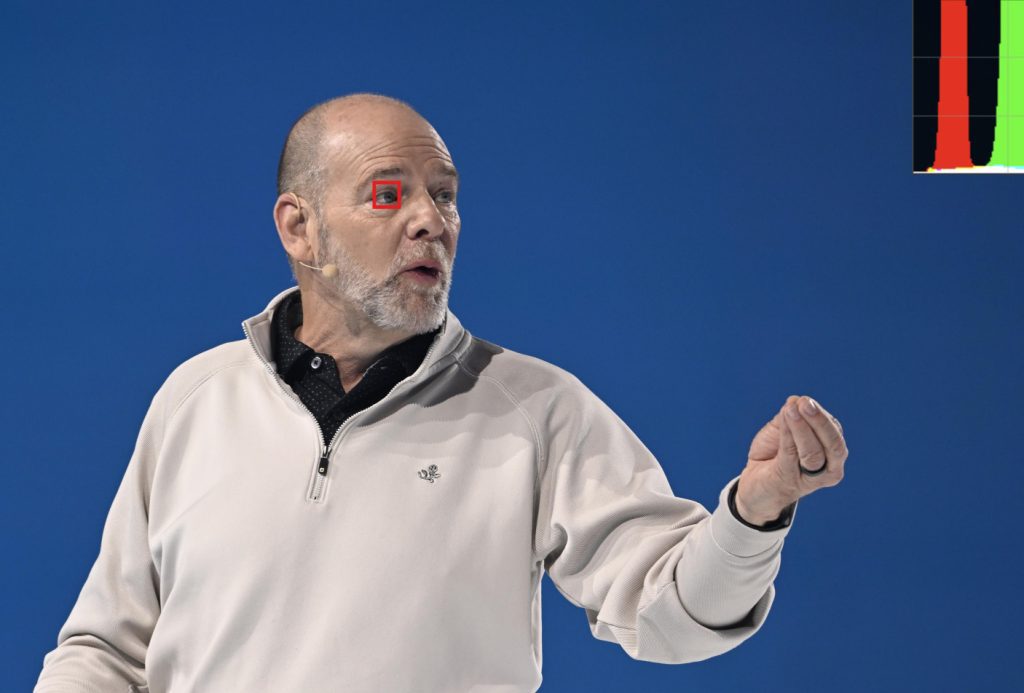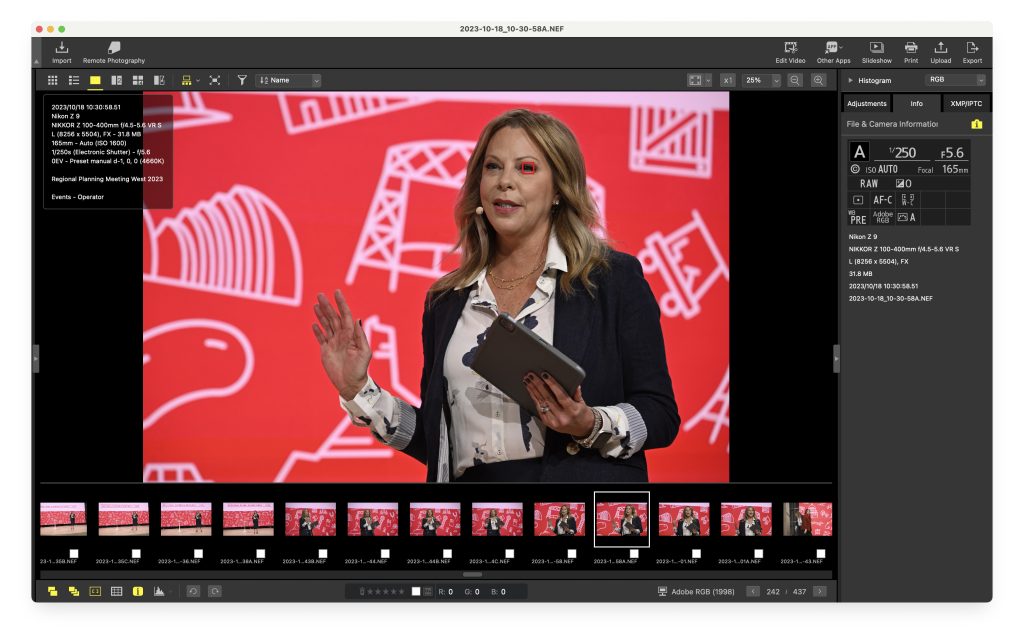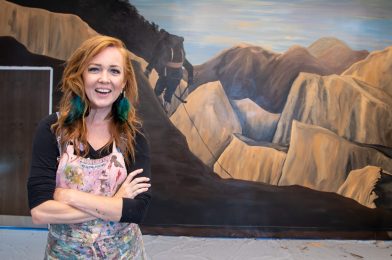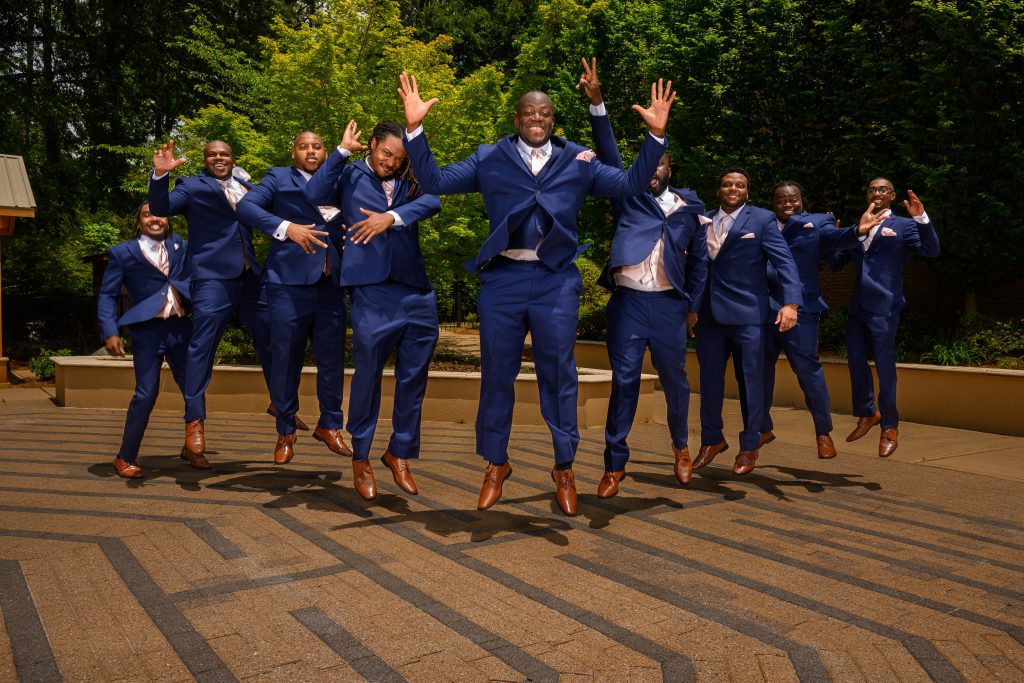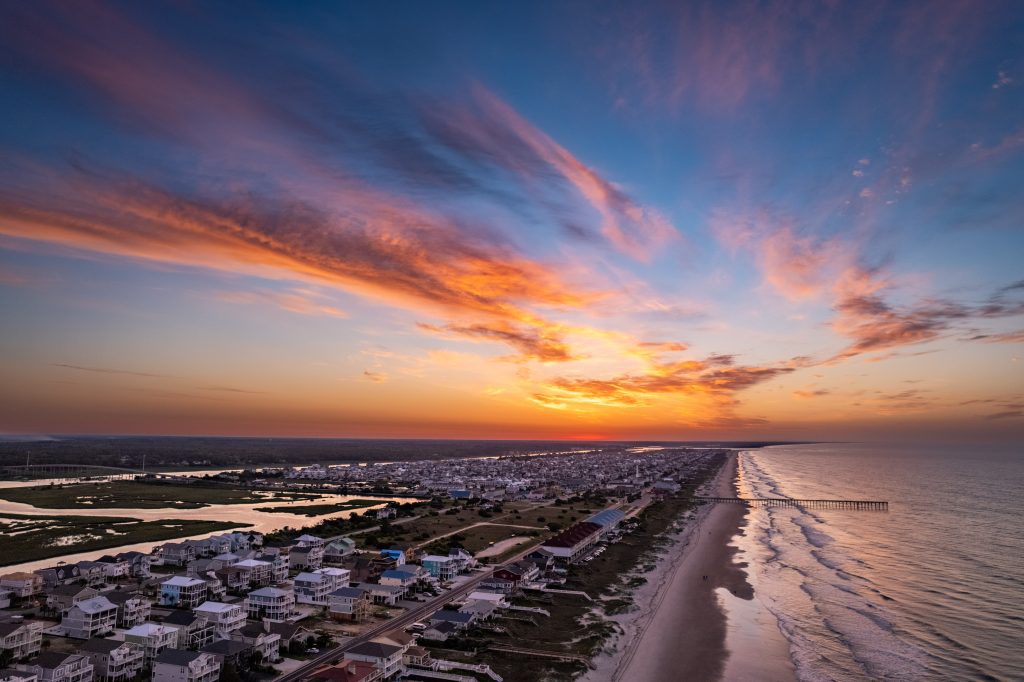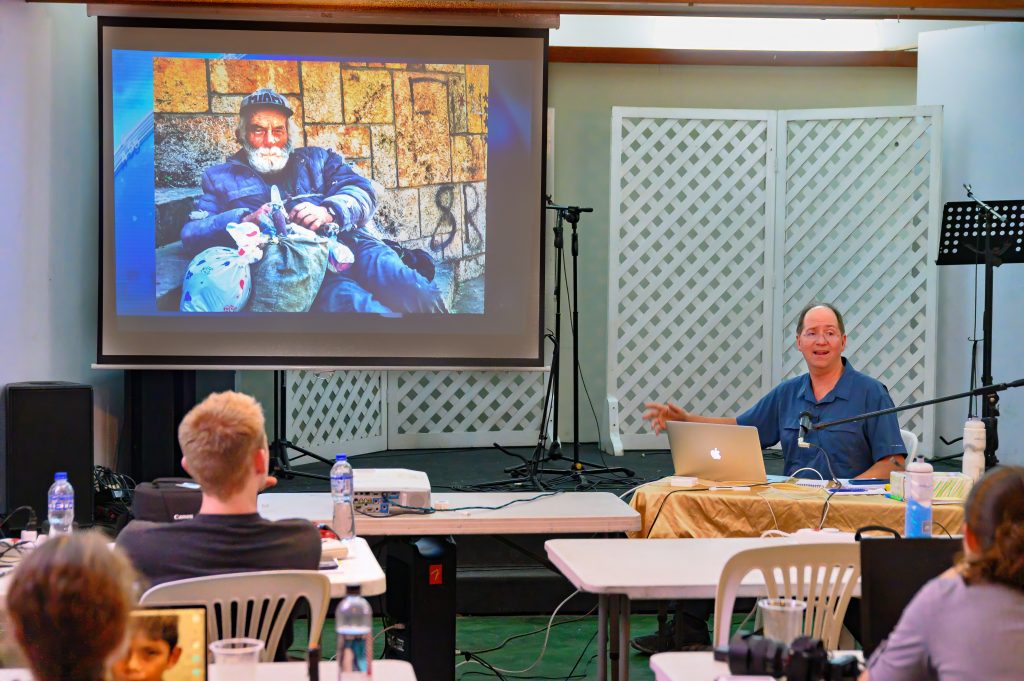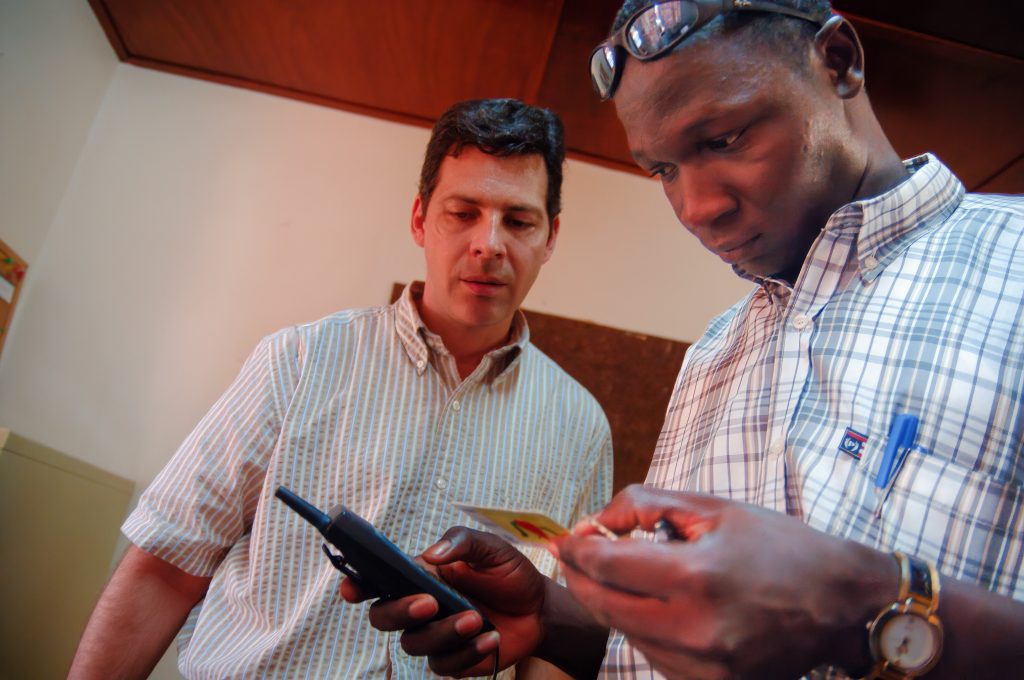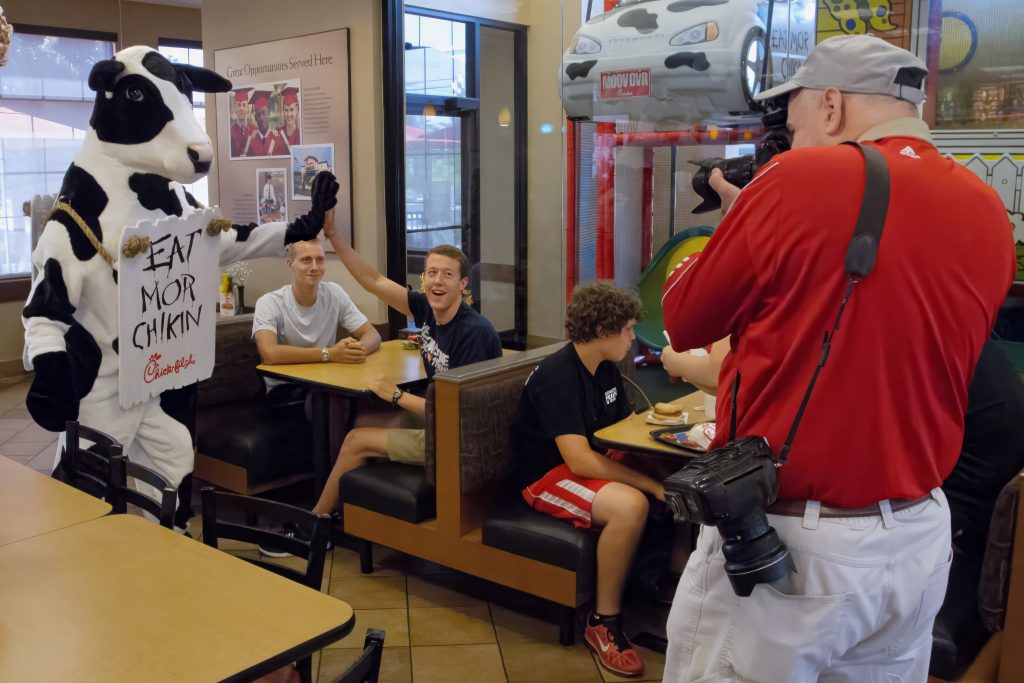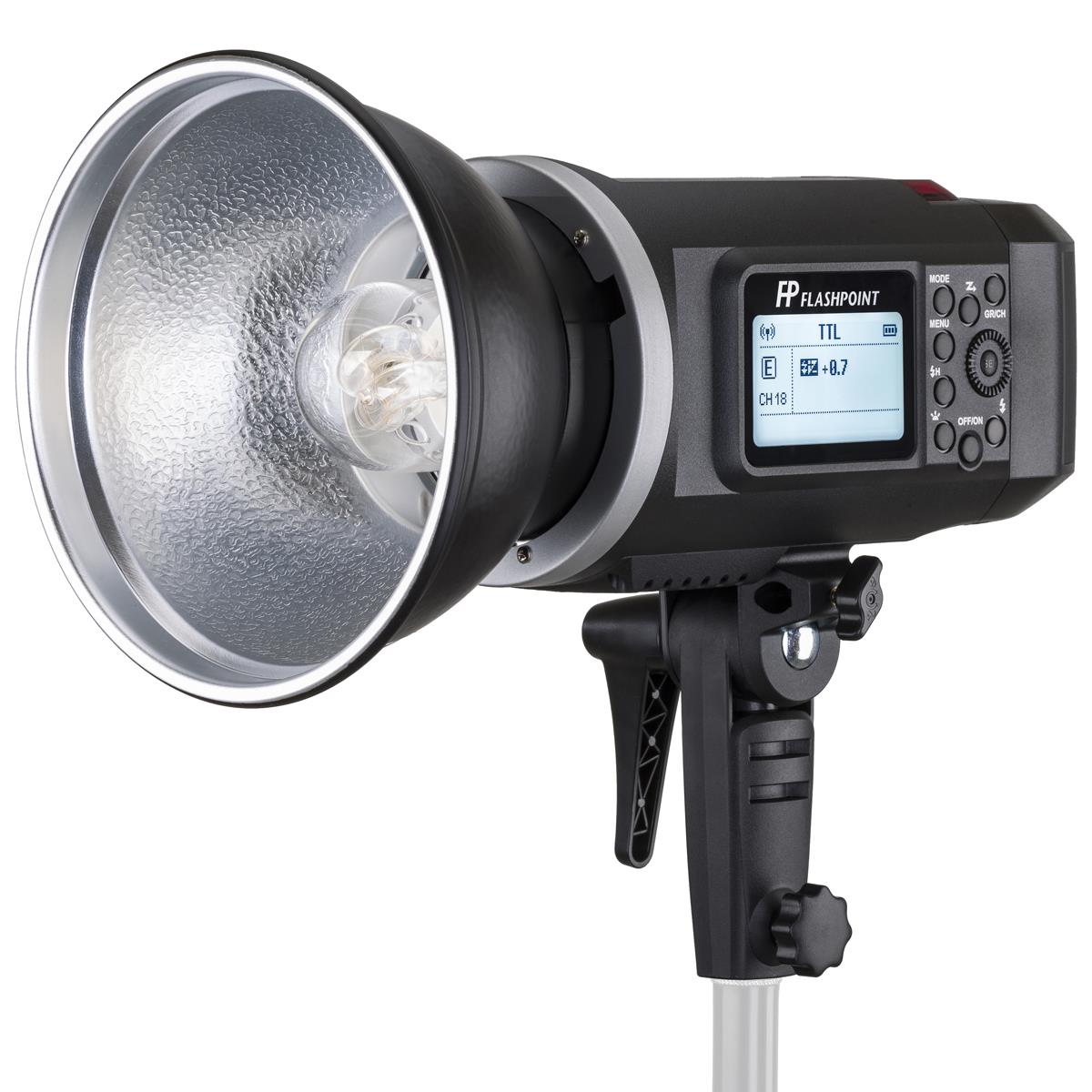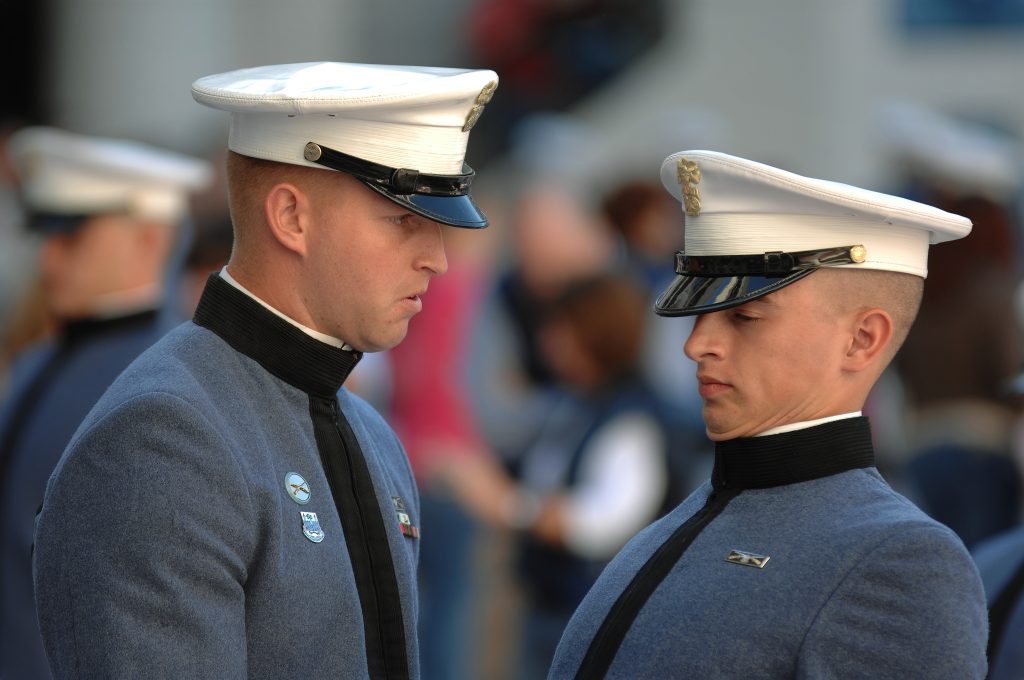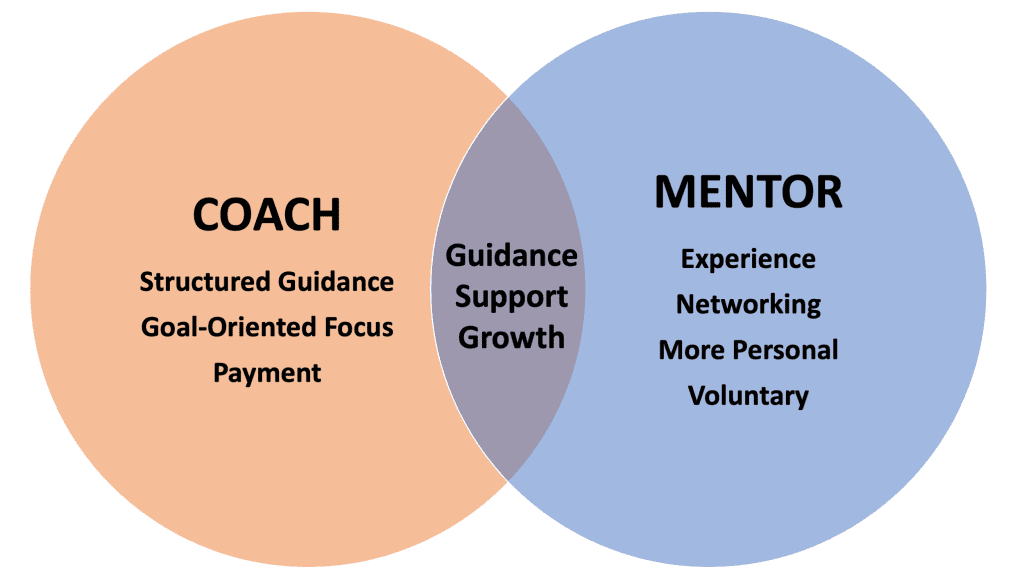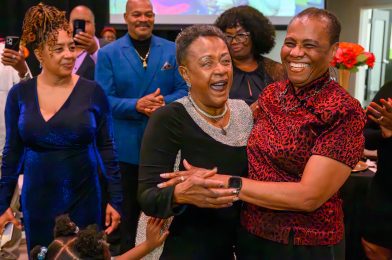Caption to top photo: [NIKON Z 9, NIKKOR Z 100-400mm f/4.5-5.6 VR S, Mode = Aperture Priority, ISO 25600, 1/4000, ƒ/5.6, (35mm = 400)]
Blog On My Nikon Z9 Sports Settings
This blog post is in response to my friend Seth, who asked me on Facebook today, “Great shots. Do you have much trouble with focusing on the wrong player?”

Hey Seth! Thanks for checking out the shots from the Chick-fil-A Peach Bowl game! You asked about focusing on the wrong player in sports photography, and it’s an art that’s both technical and intuitive. Let’s dive into what makes those great shots happen and why sometimes, despite all efforts, we miss capturing those pivotal moments.

Positioning is key. To consistently snap great sports photos, anticipation beats reaction. Balancing coverage is crucial when shooting for multiple teams, as I did in this game. Previously, focusing solely on one team allowed me to predict movements better, aiming to capture faces rather than backs and positioning strategically, like staying on the offensive end in basketball.
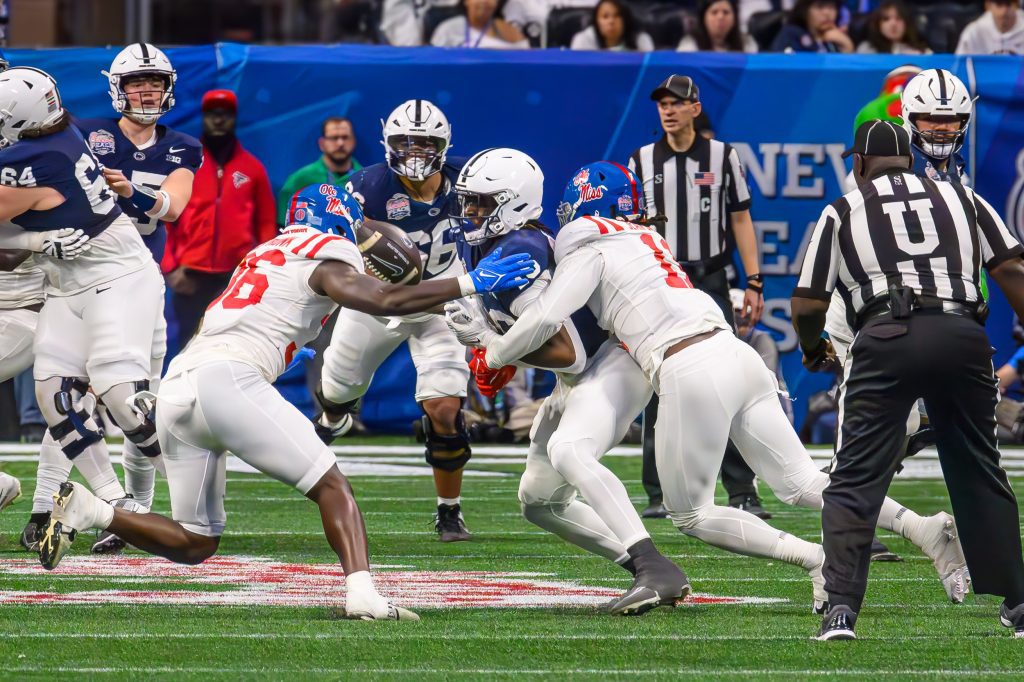
Knowing the teams inside out is like having a crystal ball. Familiarity with their plays and tendencies helps anticipate actions, whether a pass or a run, increasing the odds of having the lens trained on the action sooner.

Technical settings matter, too. Continuous focus and the back button focus technique ensure more shots are in focus than just following without constant adjustments. However, misses happen even with the best setup, mirroring how a defense can be deceived in a game.

Basketball? Enter remote cameras, providing different angles for coverage. Football, with its vast goal, makes this more challenging. Technicalities matter, and I’ve shared a link detailing my Nikon Z9 setup for sports photography for those interested in the nitty-gritty.

Knowing the sport inside out is the golden ticket. While understanding the game is one thing, each team’s uniqueness demands a deeper dive into their playbook. This familiarity allows for better anticipation of plays and player movements.

Speaking of gear, today’s cameras, like my Nikon Z9 with Z glass lenses, offer incredible focusing systems and rapid-locking motors, enhancing the number of in-focus shots. This allows quick shifts between capturing the quarterback’s throw and the receiver’s catch, minimizing missed moments.

So, in a nutshell, nailing sports photography isn’t just about having the right equipment and technical know-how—it’s about understanding the game, predicting actions, and being ready to adjust on the fly. The perfect shot often lies at the intersection of anticipation and preparedness.
Have you got any more questions? I am always happy to chat about the thrilling world of sports photography!
Happy shooting





